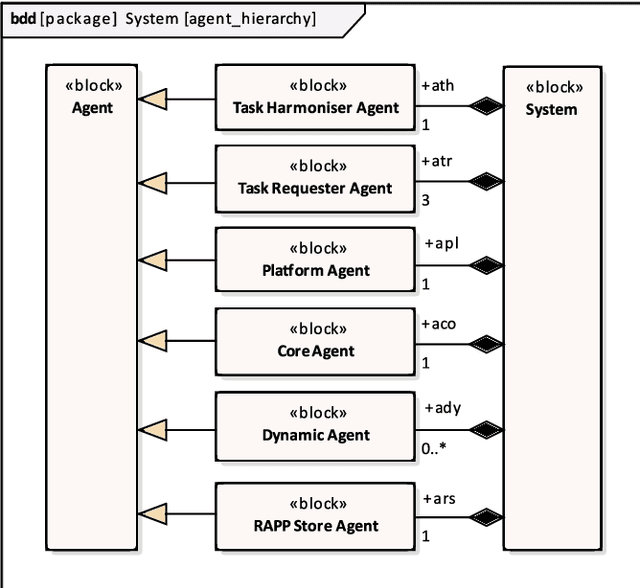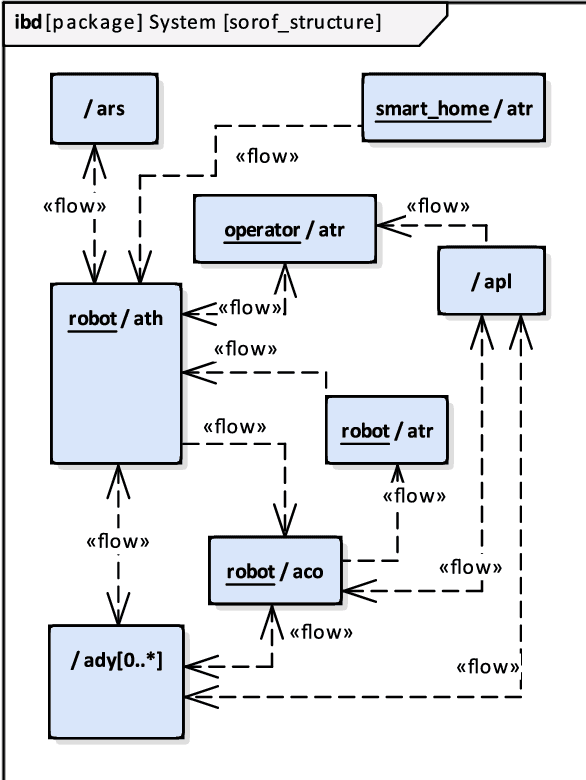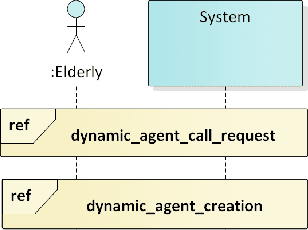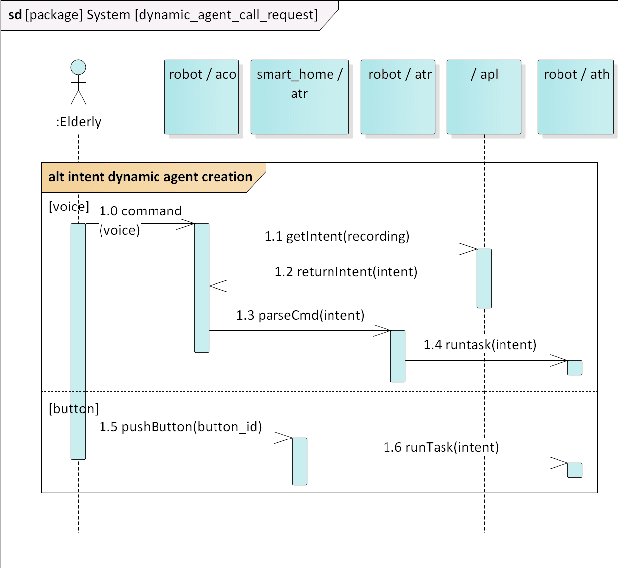Tomasz Winiarski
A framework for training and benchmarking algorithms that schedule robot tasks
Aug 29, 2024Abstract:Service robots work in a changing environment habited by exogenous agents like humans. In the service robotics domain, lots of uncertainties result from exogenous actions and inaccurate localisation of objects and the robot itself. This makes the robot task scheduling problem incredibly challenging. In this article, we propose a benchmarking system for systematically assessing the performance of algorithms scheduling robot tasks. The robot environment incorporates a room map, furniture, transportable objects, and moving humans; the system defines interfaces for the algorithms, tasks to be executed, and evaluation methods. The system consists of several tools, easing testing scenario generation for training AI-based scheduling algorithms and statistical testing. For benchmarking purposes, a set of scenarios is chosen, and the performance of several scheduling algorithms is assessed. The system source is published to serve the community for tuning and comparable assessment of robot task scheduling algorithms for service robots.
Rico: extended TIAGo robot towards up-to-date social and assistive robot usage scenarios
Jul 31, 2024Abstract:Social and assistive robotics have vastly increased in popularity in recent years. Due to the wide range of usage, robots executing such tasks must be highly reliable and possess enough functions to satisfy multiple scenarios. This article describes a mobile, artificial intelligence-driven, robotic platform Rico. Its prior usage in similar scenarios, the number of its capabilities, and the experiments it presented should qualify it as a proper arm-less platform for social and assistive circumstances.
HeROS: a miniaturised platform for research and development on Heterogeneous RObotic Systems
Mar 07, 2024Abstract:Tests and prototyping are vital in the research and development of robotic systems. Work with target hardware is problematic. Hence, in the article, a low-cost, miniaturised physical platform is presented to deal with experiments on heterogeneous robotic systems. The platform comprises a physical board with tiles of the standardised base, diverse mobile robots, and manipulation robots. The number of exemplary applications validates the usefulness of the solution.
SPSysML: A meta-model for quantitative evaluation of Simulation-Physical Systems
Mar 17, 2023Abstract:Robotic systems are complex cyber-physical systems (CPS) commonly equipped with multiple sensors and effectors. Recent simulation methods enable the Digital Twin (DT) concept realisation. However, DT employment in robotic system development, e.g. in-development testing, is unclear. During the system development, its parts evolve from simulated mockups to physical parts which run software deployed on the actual hardware. Therefore, a design tool and a flexible development procedure ensuring the integrity of the simulated and physical parts are required. We aim to maximise the integration between a CPS's simulated and physical parts in various setups. The better integration, the better simulation-based testing coverage of the physical part (hardware and software). We propose a Domain Specification Language (DSL) based on Systems Modeling Language (SysML) that we refer to as SPSysML (Simulation-Physical System Modeling Language). SPSysML defines the taxonomy of a Simulation-Physical System (SPSys), being a CPS consisting of at least a physical or simulated part. In particular, the simulated ones can be DTs. We propose a SPSys Development Procedure (SPSysDP) that enables the maximisation of the simulation-physical integrity of SPSys by evaluating the proposed factors. SPSysDP is used to develop a complex robotic system for the INCARE project. In subsequent iterations of SPSysDP, the simulation-physical integrity of the system is maximised. As a result, the system model consists of fewer components, and a greater fraction of the system components are shared between various system setups. We implement and test the system with popular frameworks, Robot Operating System (ROS) and Gazebo simulator. SPSysML with SPSysDP enables the design of SPSys (including DT and CPS), multi-setup system development featuring maximised integrity between simulation and physical parts in its setups.
MeROS: Metamodel for ROS-based Systems
Mar 17, 2023Abstract:The complexity of today's robot control systems implies difficulty in developing them efficiently and reliably. Systems engineering (SE) and frameworks come to help. The framework metamodels are needed to support the standardisation and correctness of the created application models. Although the use of frameworks is widespread nowadays, for the most popular of them, Robot Operating System (ROS) version 1, a complete, contemporary metamodel, has been missing so far. This article proposes a new metamodel for ROS (MeROS), which addresses both the running system and developer workspace. For compatibility with the latest versions of ROS 1, the metamodel includes the latest ROS 1 concepts such as nodelet, action, and metapackage. An essential addition to the original ROS concepts is the grouping concepts, which provide an opportunity to illustrate the decomposition of the system, as well as varying degrees of detail in its presentation. The metamodel is derived from the requirements and then verified on the practical example of the Rico assistive robot. The matter is described in the SysML language, supported by standard development tools to conduct projects in the spirit of SE.
An intent-based approach for creating assistive robots' control systems
May 25, 2020



Abstract:The current research standards in robotics demand general approaches to robots' controllers development. In the assistive robotics domain, the human-machine interaction plays a~substantial role. Especially, the humans generate intents that affect robot control system. In the article an approach is presented for creating control systems for assistive robots, which reacts to users' intents delivered by voice commands, buttons, or an operator console. The whole approach was applied to the real system consisting of customised \tiago{} robot and additional hardware components. The exemplary experiments performed on the platform illustrate the motivation for diversification of human-machine interfaces in assistive robots.
 Add to Chrome
Add to Chrome Add to Firefox
Add to Firefox Add to Edge
Add to Edge